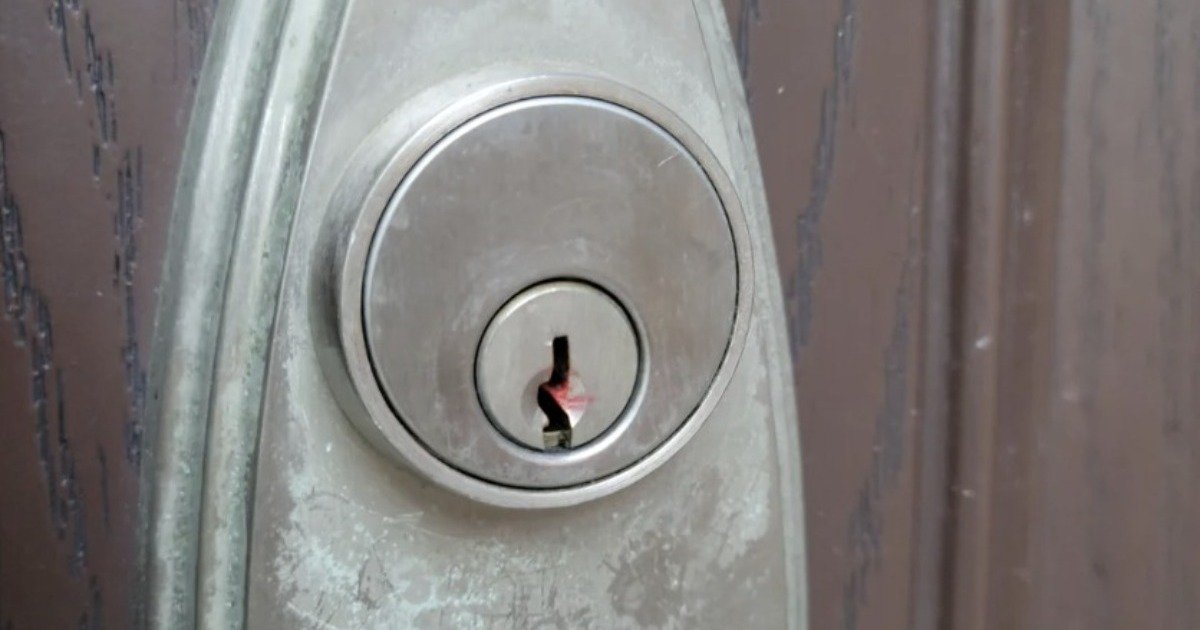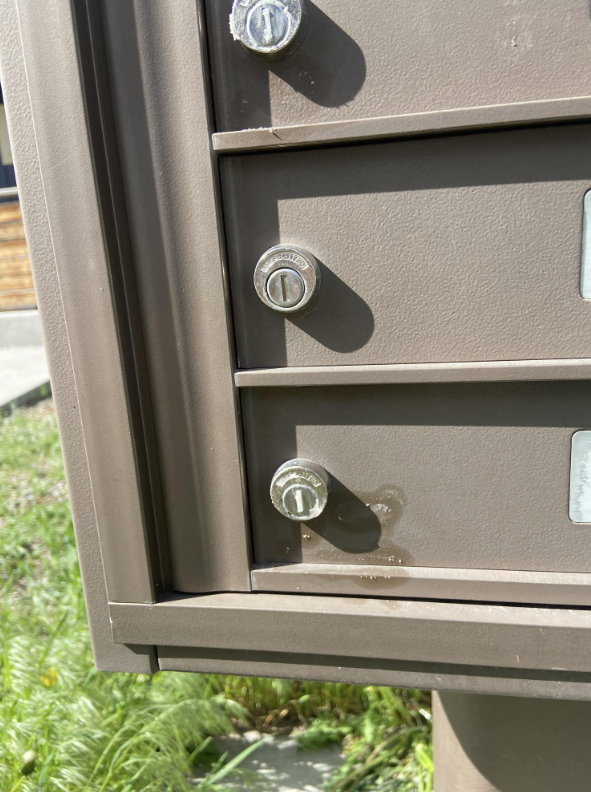
The Evolving Threats of Theft and Squatting
In today’s world, the constant threat of theft and squatting concerns homeowners and property managers. They must remain vigilant to counter new techniques used by burglars and squatters. One such tactic, which may seem innocent, involves using wax or similar products on door locks. This seemingly harmless activity allows criminals to observe property activities and identify vulnerable targets.
A Surprising Discovery
Coming home to find red or white wax on your front door keyhole can be eerie. Initially, it may look like a prank or equipment problem, but it often signals a criminal tactic. For example, a property manager noticed several houses with locks either damaged or coated with a substance resembling white lipstick. Local authorities explained that squatters and thieves use this method to monitor key activity and identify unoccupied houses.

How It Works
The strategy is simple yet effective. Criminals rub a substance on the keyhole and later check for tampering. If the substance remains undisturbed, it suggests no one has accessed the property, making it an attractive target for burglars or squatters. Conversely, if the wax is removed or disturbed, it indicates activity, making the property less appealing to criminals.
Recognizing the Signs
Homeowners should watch for these signs:
- Waxy or lipstick-like substance on or around the keyhole.
- Difficulty turning the key in the lock.
- Similar substances on neighboring properties.

Securing Your Home
Regular Inspections
Regularly inspect locks and access points for foreign objects or signs of interference.
Clean the Locks
If you find any wax or foreign substance on your lock, gently remove it. Use a key extractor or similar tool to avoid pushing the substance further into the lock.
Increase Security Measures
Install security cameras and motion-activated lights around your home.
Inform Neighbors
Share your findings with neighbors to raise awareness and vigilance in your community.
Contact Authorities
Report any tampering to the nearest police station or crime prevention unit. Authorities can offer suggestions and increase police presence in your area.
Re-Key or Replace Locks
If tampering is suspected, change the locks or keys to ensure your property’s security.
Be Aware of Scams
Beware of people posing as salespersons or service providers trying to access homes during the day.

Community Efforts and Awareness
Preventing these strategies requires community support and collaboration. Homeowners can protect themselves and help neighbors safeguard their properties. Property managers must stay informed about these methods to prevent property damage.
Waxing locks is a subtle yet efficient way for burglars and squatters to identify vulnerable targets. By recognizing warning signs and taking preventative measures, we can enhance security and promote safety in our neighborhoods.